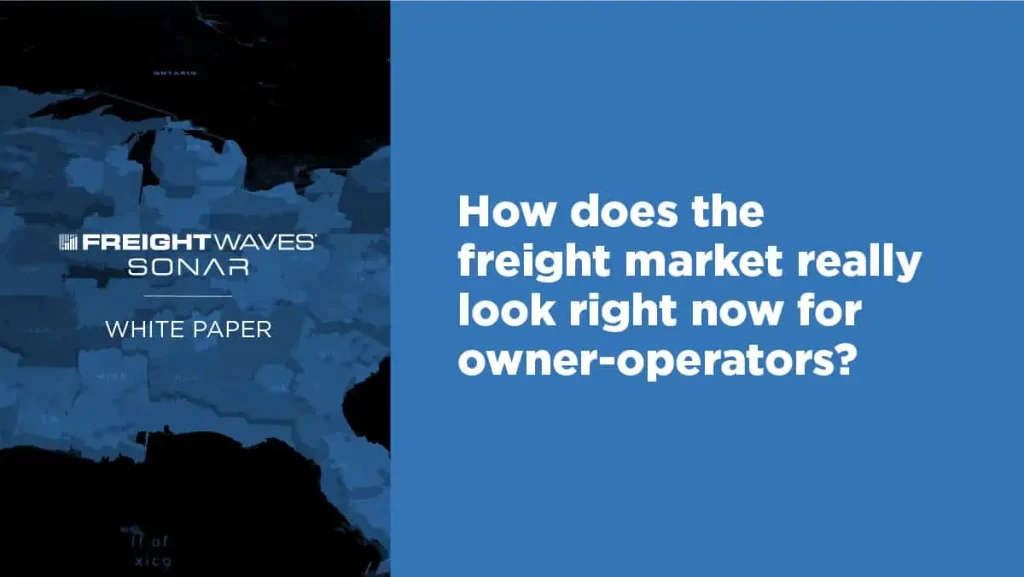If you’re an owner-operator, chances are 2021 felt pretty good to you.
Stimulus money padded consumer pockets, and many companies turned a bit frothy. It was one of the longest stretches of so-called easy money periods in history. If you wanted to move a lot of freight, it’s likely you were able to. And with spot rates reaching historic heights, it’s likelier still that you were paid well for doing so. Sure, fuel costs climbed steadily throughout the year, but that felt manageable. Your services were in high demand, and there were plenty of loads to go around.
Then came 2022, and the script flipped — fast.
A freight market that started off as seemingly more of the same was cast into tumult in late winter and early spring. An overheated American economy sent inflation data to multidecade highs. An attitude that the pandemic has waned drove a shift back to historical norms in consumer spending between services and goods. That meant less demand for physical goods. In efforts to curtail inflation, the Federal Reserve started raising interest rates aggressively.
In the two weeks after Russia invaded Ukraine, Brent Crude spiked to nearly $130 a barrel, and it hasn’t traded below $100 for any meaningful amount of time since. For comparison, in July 2021, it hovered around $75. That meant fuel prices shot skyward, which opened the spigots of inflationary pressures and quickly started eating into profit margins for owner-operators. Those headwinds led to a freight market that looked reasonably strong right up until it didn’t.






